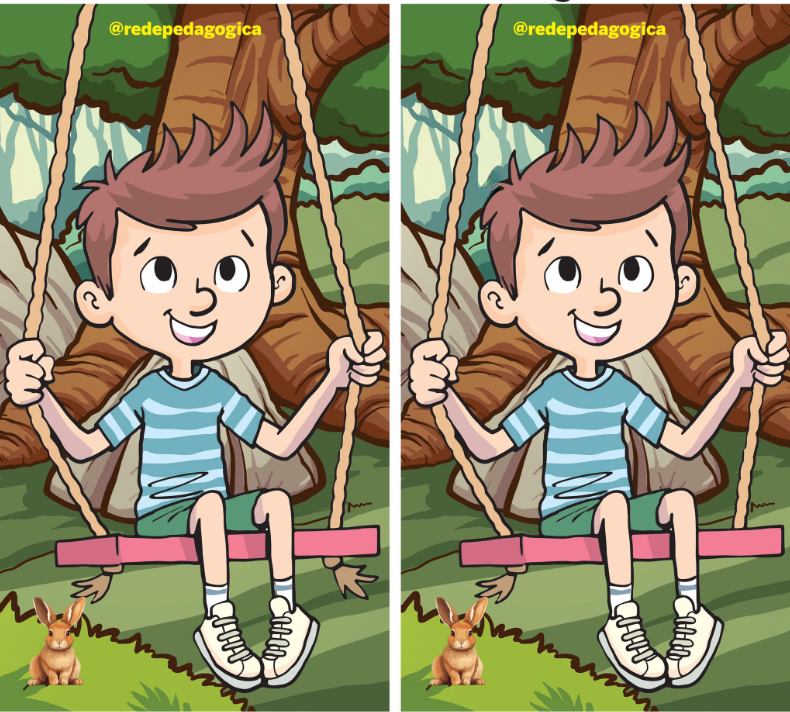The Joys of Outdoor Play: How Swinging Can Boost Your Child’s Development
There’s something undeniably exciting about the simple pleasure of swinging. As the wind brushes against your face and your feet soar higher into the sky, swinging offers more than just a fun pastime—it has numerous physical, mental, and emotional benefits. Whether you’re pushing your child on a swing in the park or they are swinging alone, it is an activity that fosters growth in many areas. In this article, we’ll dive into how swinging can help children develop physical skills, build confidence, and improve their emotional well-being.

Mental Clarity and Focus: How Swinging Enhances Brain Function
In addition to its physical benefits, swinging also has significant mental advantages. As children swing, they experience mental stimulation that improves focus, memory, and brain function. Here’s how swinging contributes to mental health:
- Improved Focus: The repetitive motion of swinging requires children to focus their attention on the task at hand. This focus helps enhance their concentration skills, which can be applied to other activities such as reading or problem-solving.
- Relaxation and Stress Relief: Just like adults find relaxation in rhythmic activities, children can also benefit from the calming effects of swinging. The rhythmic back-and-forth motion soothes the mind, lowering stress levels and promoting emotional balance.
- Spatial Awareness: Swinging teaches children to gauge distances and how to move their bodies in space. This improves their sense of direction and spatial awareness, which is important for activities like playing sports or navigating complex environments.
In the image, the child appears to be immersed in the rhythm of the swing, indicating the mental benefits of focusing and engaging in this simple yet stimulating activity.
Emotional Growth: How Swinging Builds Confidence
One of the greatest benefits of swinging is how it supports emotional development. The sense of achievement that comes from controlling a swing can help build confidence and emotional resilience. Here’s how:
- Independence and Control: As children learn to swing by themselves, they develop a sense of independence. They begin to understand how to control their body’s movements and the motion of the swing, which enhances their sense of control and autonomy.
- Self-Expression: Swinging gives children an opportunity to express themselves through their actions. Whether they’re swinging gently or going for a high swing, they are making decisions based on what they enjoy and how they feel.
- Coping with Emotions: For many children, swinging can serve as a way to release pent-up energy or manage overwhelming emotions. The back-and-forth motion provides a soothing effect, which helps children manage their emotions in a healthy way.
In the image, the child’s joyful expression while swinging shows how this activity helps foster a positive outlook and boosts confidence, making children feel empowered and in control of their emotions.

Social Interaction: Swinging Together Strengthens Bonds
Swinging is not just a solo activity—it’s a great way to foster social interactions. Whether children are swinging together, taking turns, or having conversations while waiting for their turn, the swing set can be a place for building social bonds. Here’s how:
- Turn-taking: Swinging with friends or siblings teaches valuable social skills such as sharing, taking turns, and respecting others’ space. These interactions are crucial for developing empathy and understanding in social settings.
- Shared Experiences: Swinging with others provides shared moments of joy, which can create lasting memories and strengthen relationships. These shared experiences contribute to a sense of belonging and togetherness.
- Collaborative Play: Sometimes, children work together to push each other on swings, which fosters cooperation. This collaborative play teaches them to communicate, work as a team, and support one another.
In the image, the boy is alone on the swing, but it’s easy to imagine how the swing could also be a space for social connection, making it a versatile activity for both independent and group play.

The Role of Nature in Enhancing the Swinging Experience
Swinging outdoors, especially in a natural setting like a park or backyard, offers additional benefits that enrich the experience. Here’s how nature enhances the effects of swinging:
- Connection to the Environment: Being outdoors allows children to connect with nature. The fresh air, the sounds of birds chirping, and the sights of trees and plants all contribute to a sense of peace and well-being. Nature has a calming effect that complements the physical and mental benefits of swinging.
- Increased Vitamin D: Swinging outside in the sunlight helps children absorb vitamin D, which is essential for bone health and immune function. The exposure to natural light helps regulate sleep patterns and boosts mood.
- Environmental Awareness: Playing outdoors and experiencing nature firsthand helps children develop an appreciation for the environment. Swinging in nature provides a sensory-rich experience that encourages them to explore the world around them.
In the image, the natural setting surrounding the boy adds to the peaceful, enjoyable experience of swinging, amplifying the benefits of the activity.

Conclusion: Swinging as a Pathway to Well-Being
Swinging is far more than just a fun activity—it’s a tool for fostering physical, mental, emotional, and social growth. Whether it’s building strength, boosting confidence, or promoting relaxation, swinging has numerous benefits for children. The image of the smiling child on the swing beautifully captures the joy and freedom that this simple activity provides.
So, the next time you see a swing, remember that it’s not just about play. It’s an opportunity for children to develop essential life skills, build confidence, and strengthen their connection to both themselves and the world around them. Let’s continue to encourage outdoor activities like swinging to support the holistic growth of children everywhere.





